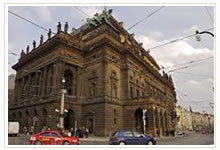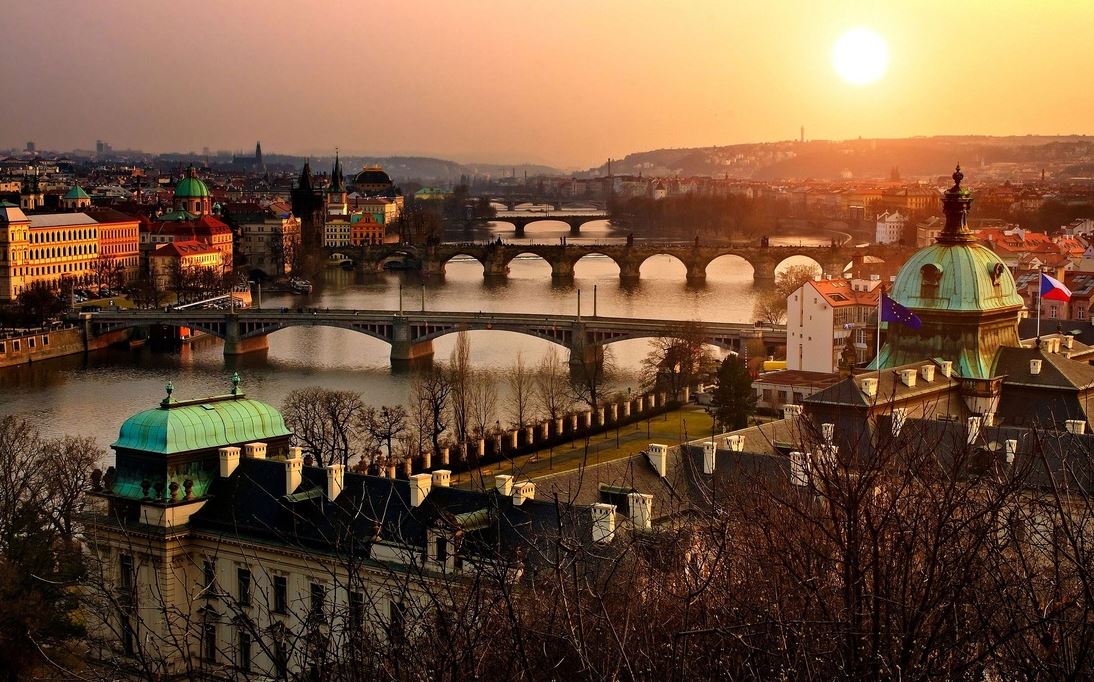Zlata Praha, as it was initially known in the past, Prague has a rich history that dates back to 4000BC. Before the arrival of Slavs, Prague was formerly inhabited by celtic and German tribes.

Prague History
The 6th century saw the Slavs arrive and their two tribes, the Czechs and the Zlicanis inhabited both sides of Vlata River. They were later to be ruled by the nomadic Avars who capitalized on the Slavs’ lack of unity. But Samo, a Frankish trader united the Slav tribes again and this saw the Avars driven out.
From the 9th to the 13th century, Prague was part of the Great Moravian Empire until when the Czechs finally broke away from it. During this period, Prince Borivoj built the Prague Castle at around the 870′s. This turned the area around the castle into a very important trading center in Europe. Vratislav II then became the first Czech king in the year 1085. When Otakar became king, he granted Staré město or Old Town royal privileges. In 1257, Malá Strana or Lesser town sprang up under the rule of Otakar II.
During the reign of Charles IV, under the Luxembourg dynasty, Prague became one of Europe’s largest and wealthiest cities. It was at this period that Hradčany and the Old Town Hall were established in 1320 and 1338 respectively. Nové město or the New Town came into existence in 1348. The same year also saw the first university in central Europe, the Charles University built. When Charles IV was elected as the Holy Roman Emperor in 1355, Prague became the capital of the same.
In the 15th century, Prague came under the rule of certain Hussite communities due to a conflict between the Hussite and the Roman Catholic Church in Bohemia. This saw the destruction of many monuments including the Prague Castle, but it was to be reconstructed later in 1526 by the Habsburg dynasty. Prague later evolved as a center of science and alchemy and was nicknamed ‘Magic Prague’ under the rule of Rudolf II from 1575.
Prague lost its independence in 1620 after the Battle of White Mountain. The Saxons occupied Prague as the Swedes moved into Hradčany and Malá Strana in 1648. In 1784, Prague was divided into four independent urban areas namely, Staré město/Old Town, Malá Strana/Lesser Town, Hradčany and Nové město /New Town under the rule of Joseph II. The Czech language and culture came back into existence.
The Industrial Revolution of the 19th century did not leave Prague behind. In 1845, the railway connecting Vienna to Prague was constructed. Josefov also became recognized as one of Pragues historical centers in 1850. The national Theatre and National Museum were established in 1868 and 1890 respectively.
In 1918, Prague became the capital of Czechoslovakia. Prague was occupied by Nazis during the World War II, who were to be later thrown out. When Czechoslovakia was split into two independent countries, Slovakia and Czech Republic n January 1, 1993, Prague became the capital of the present Czech Republic.
